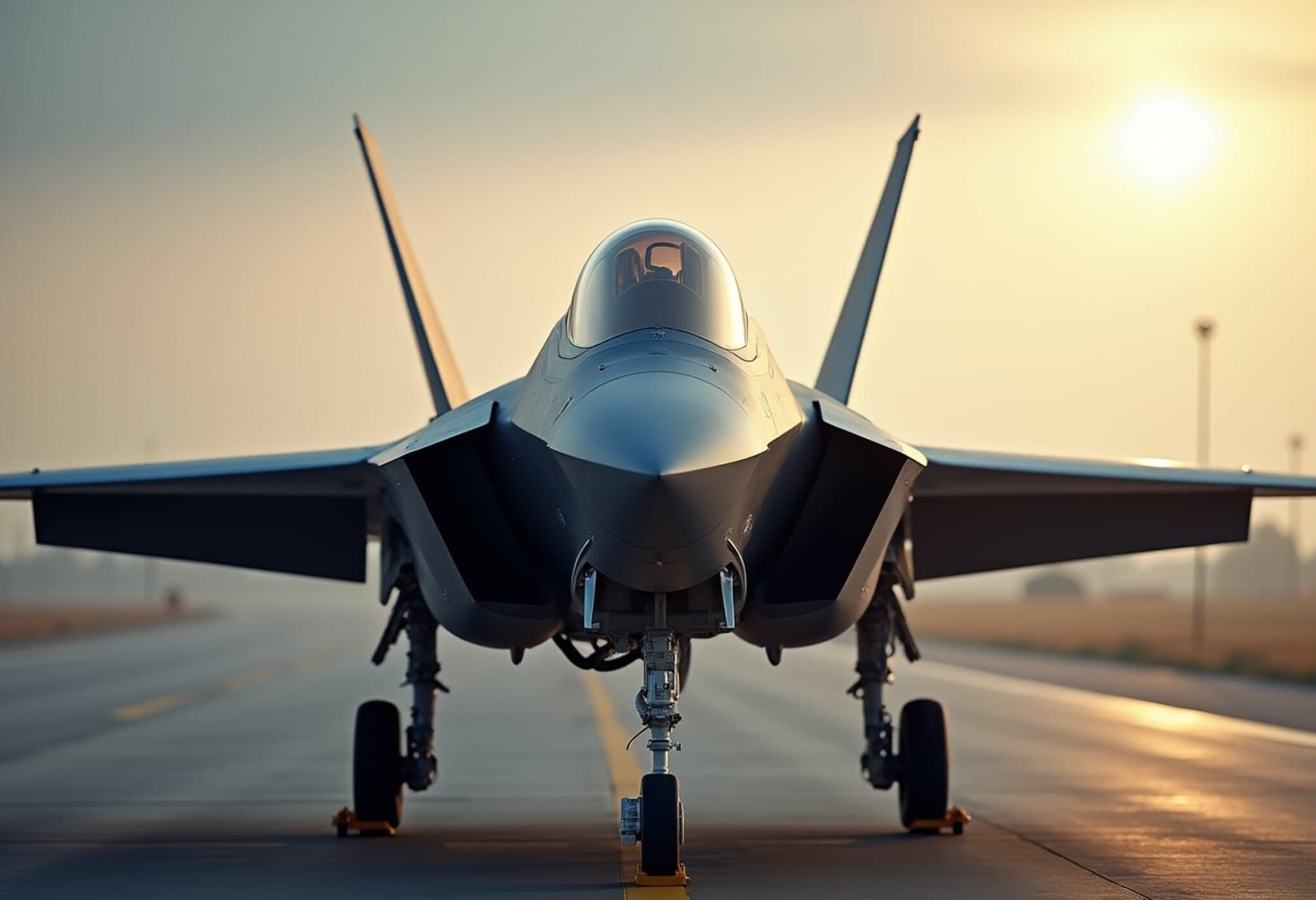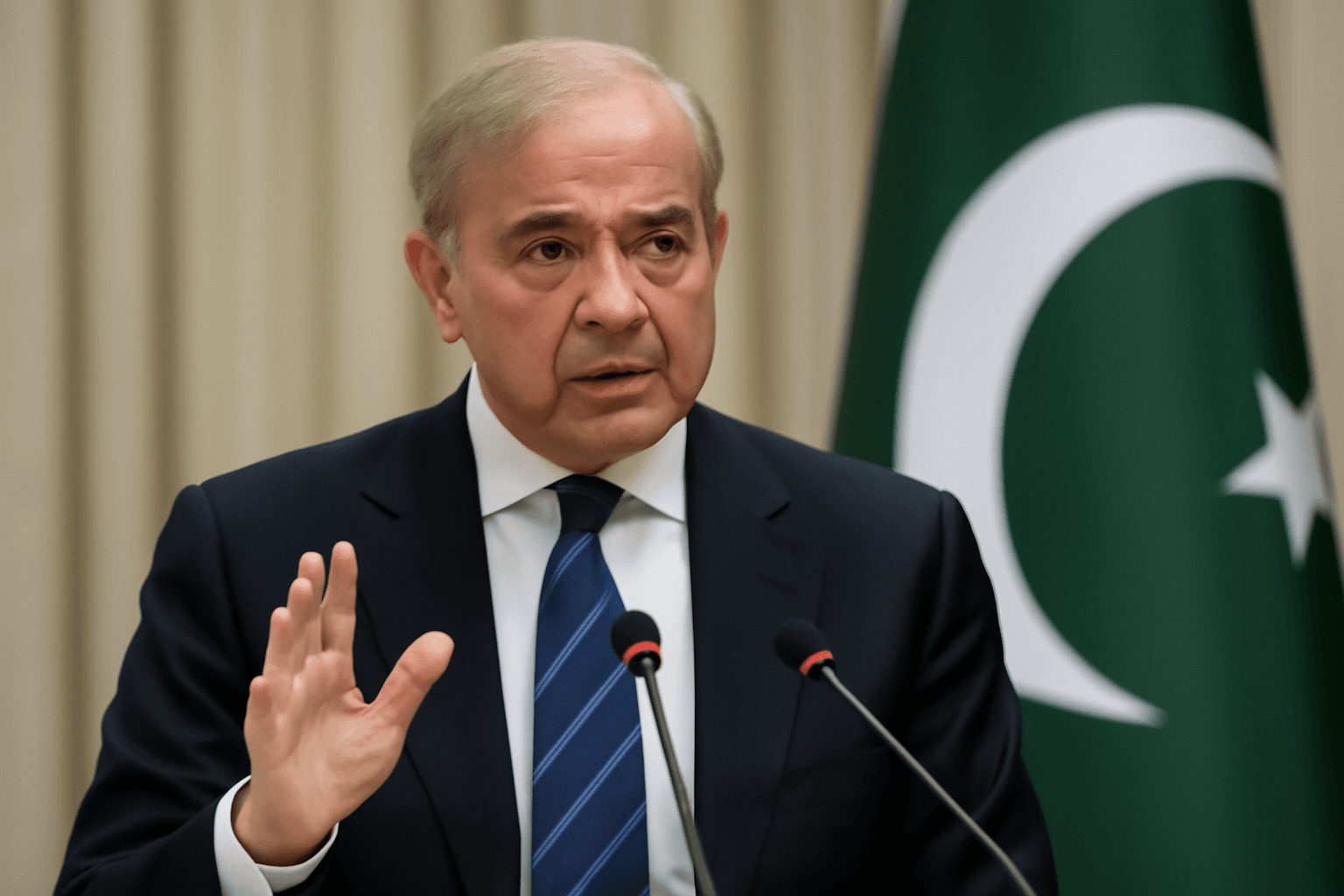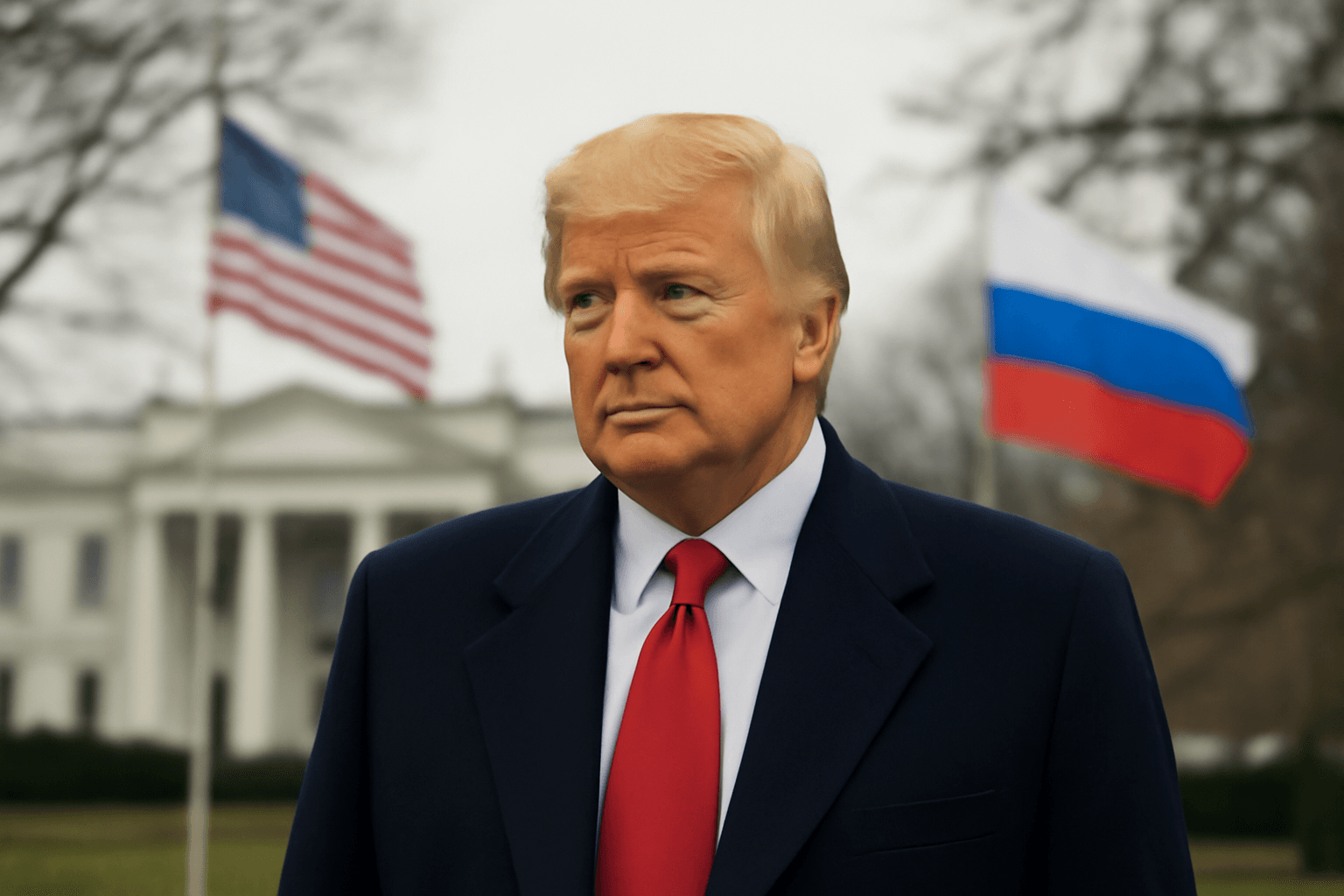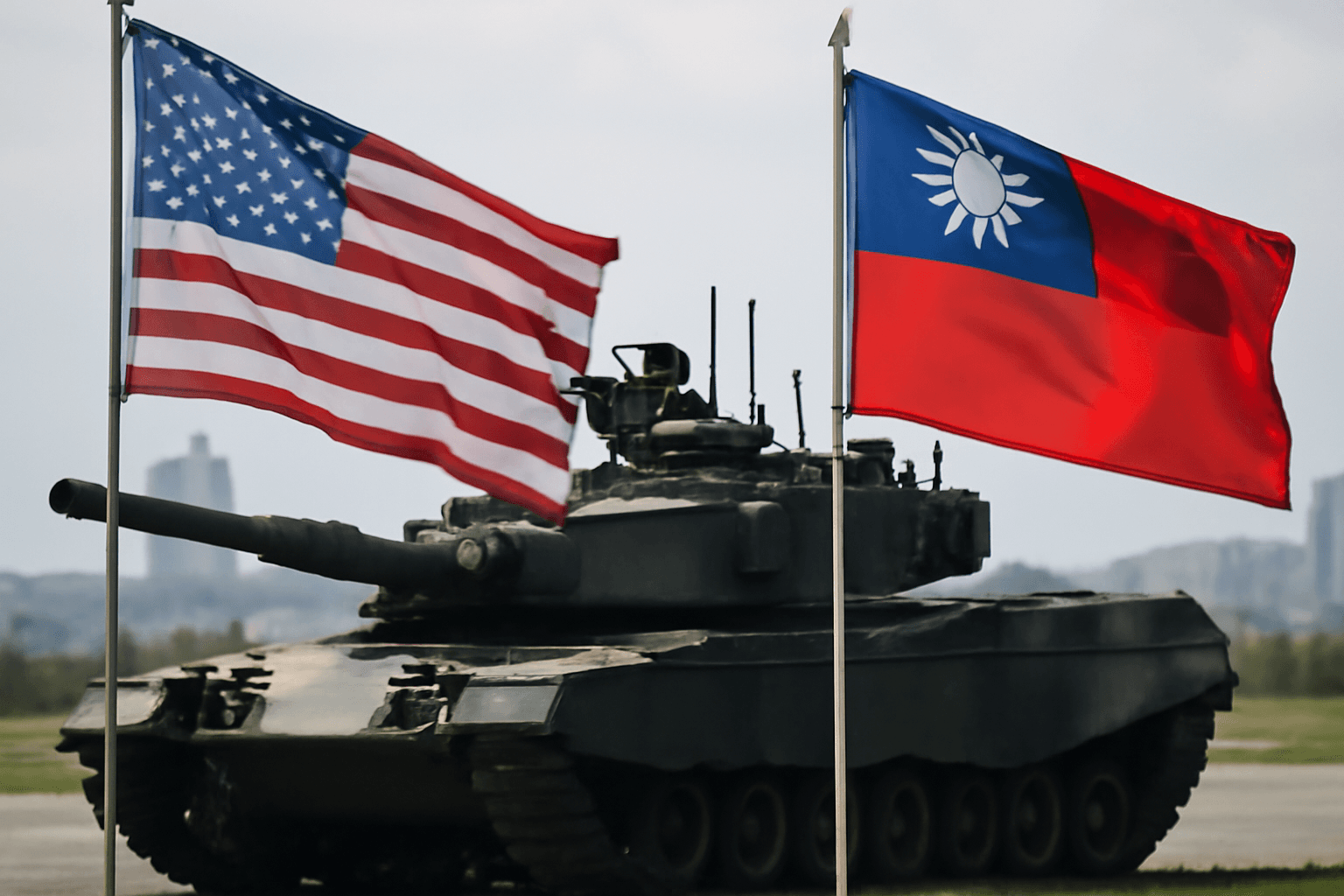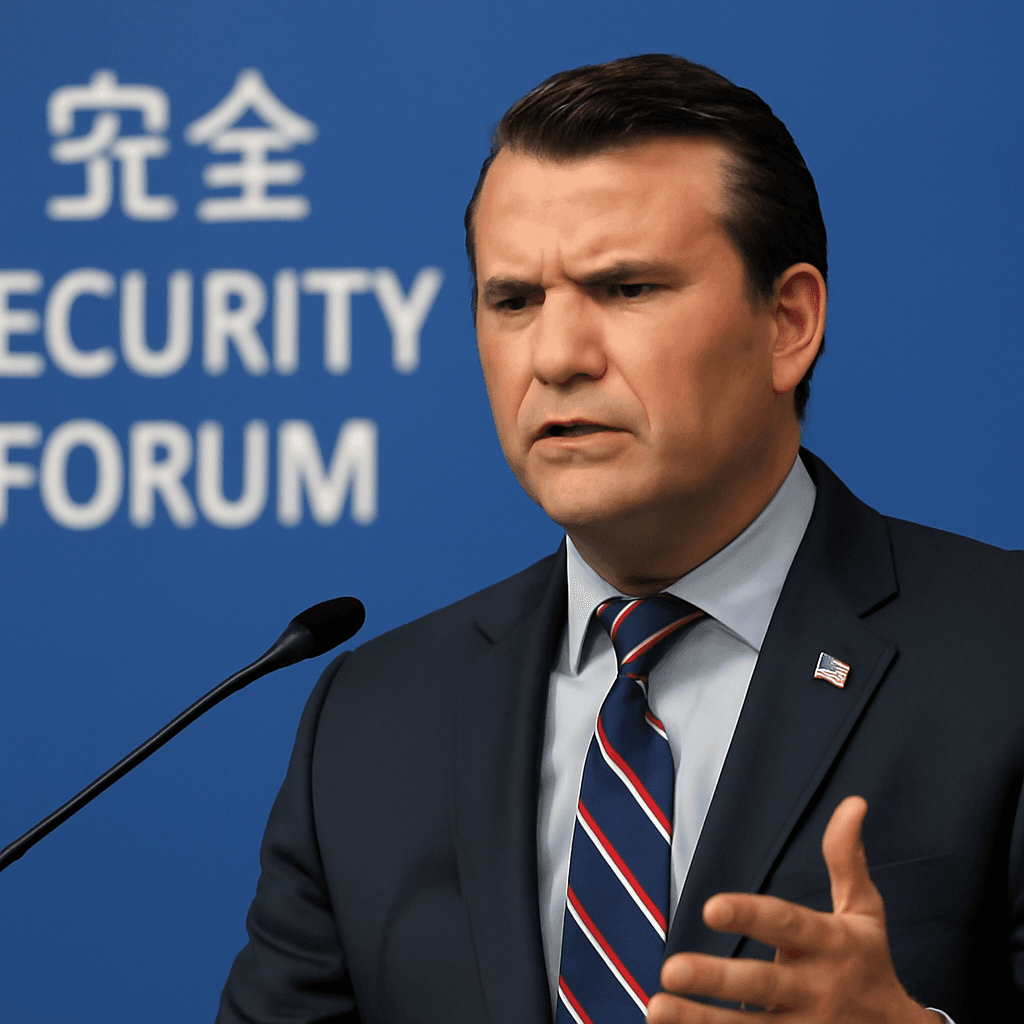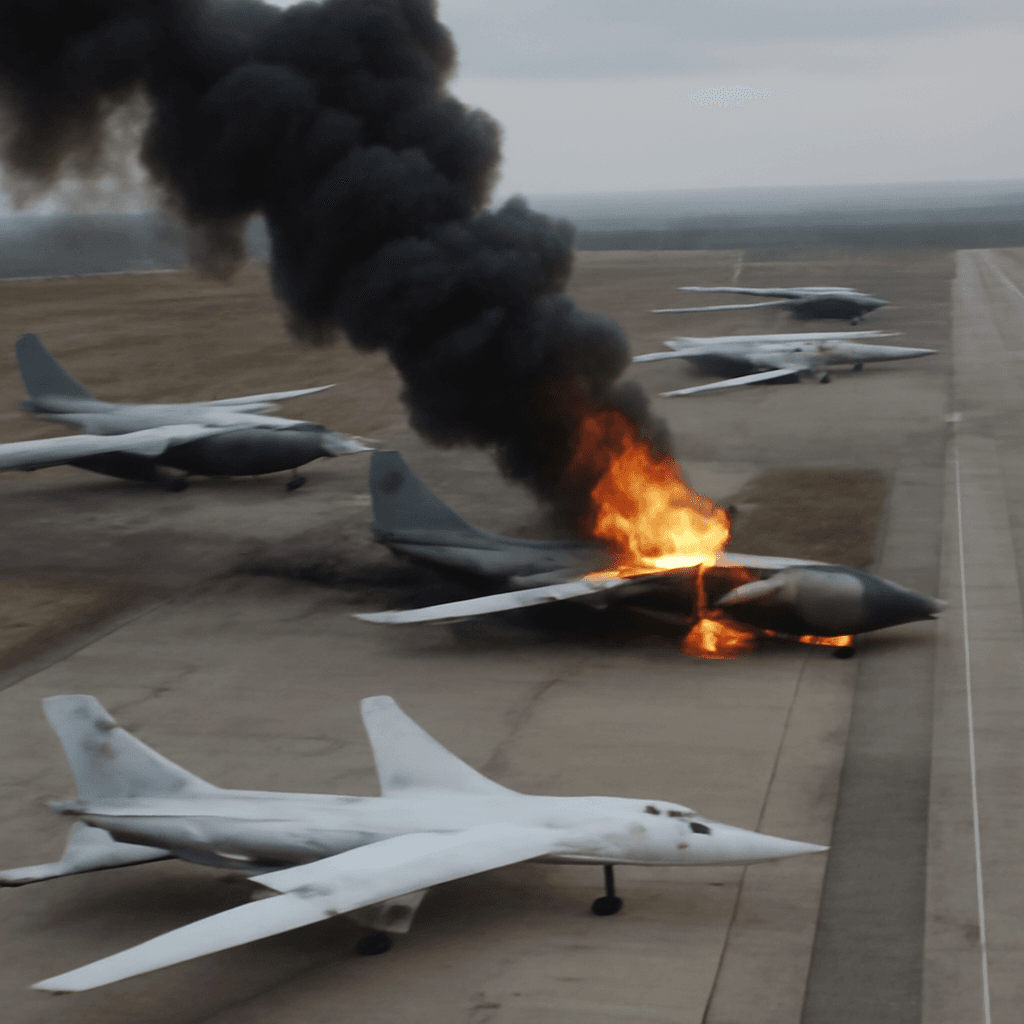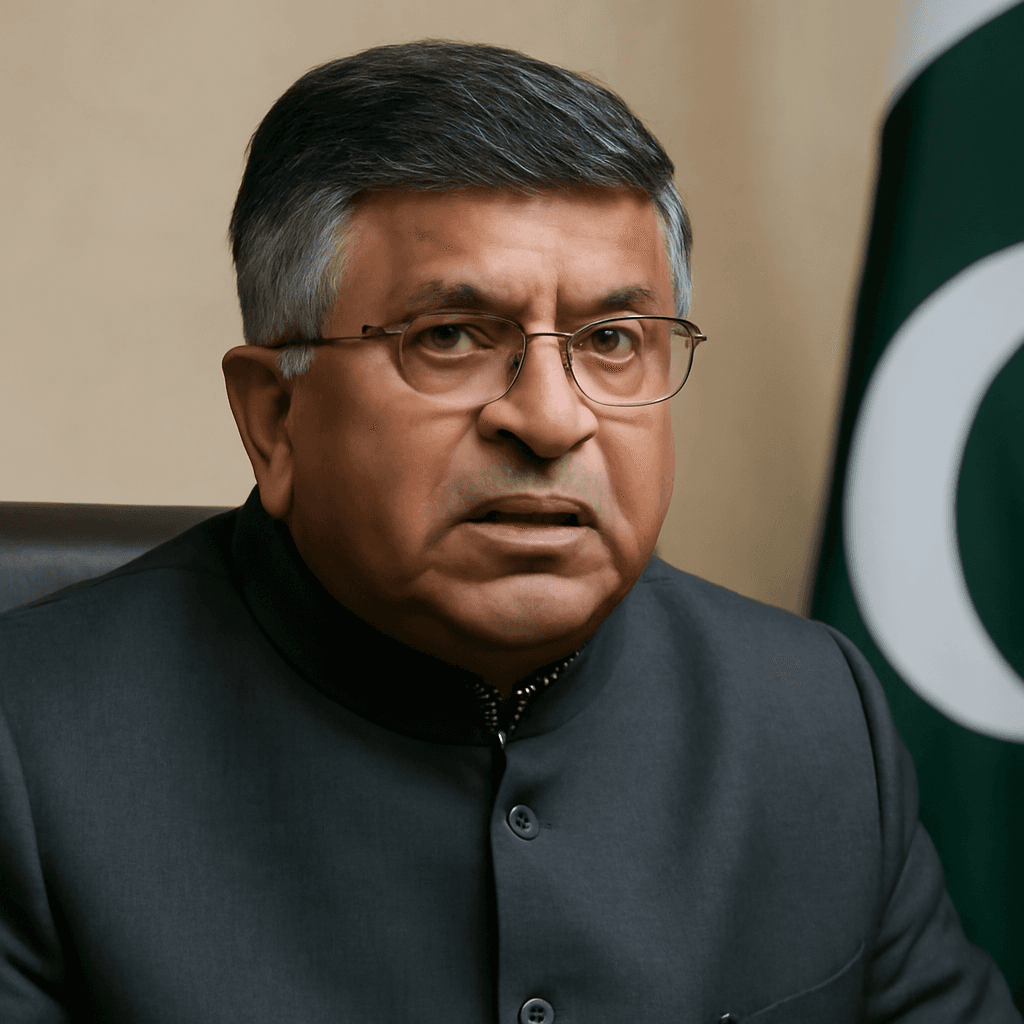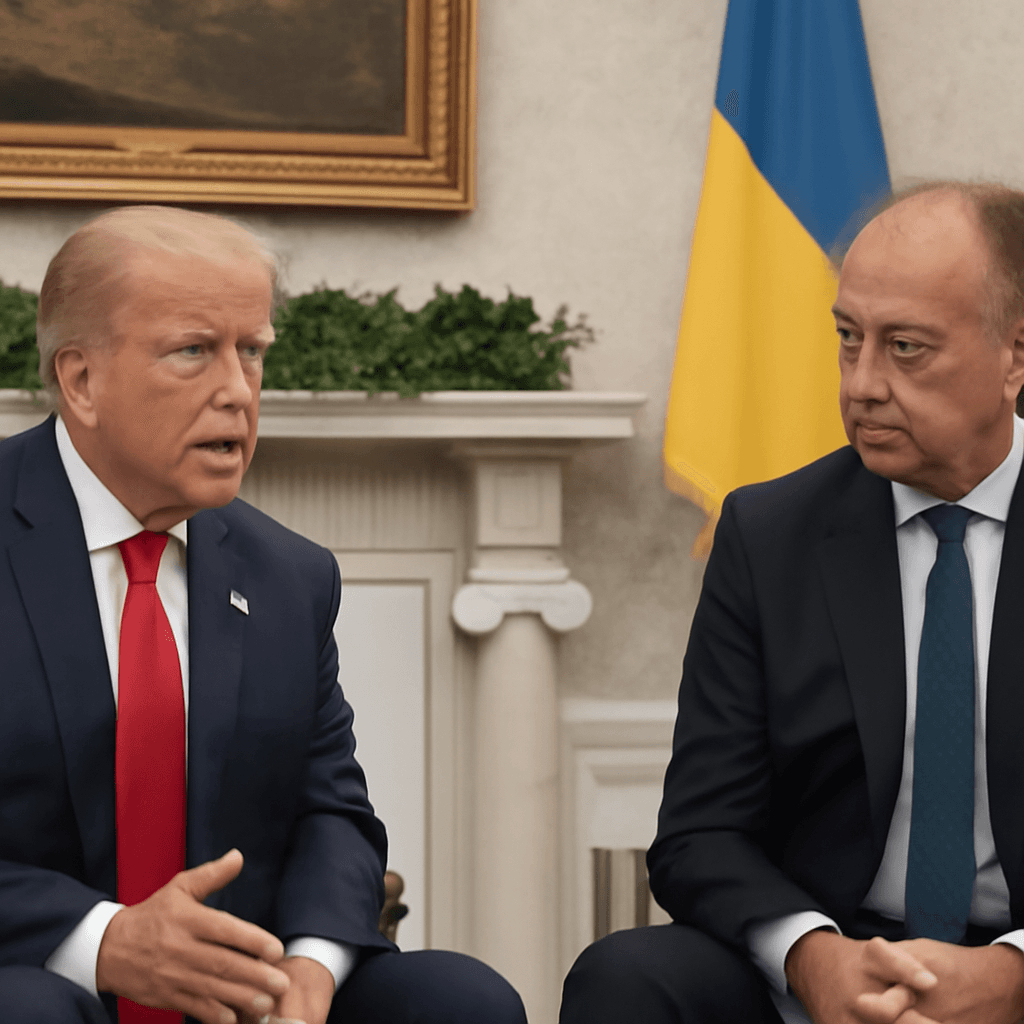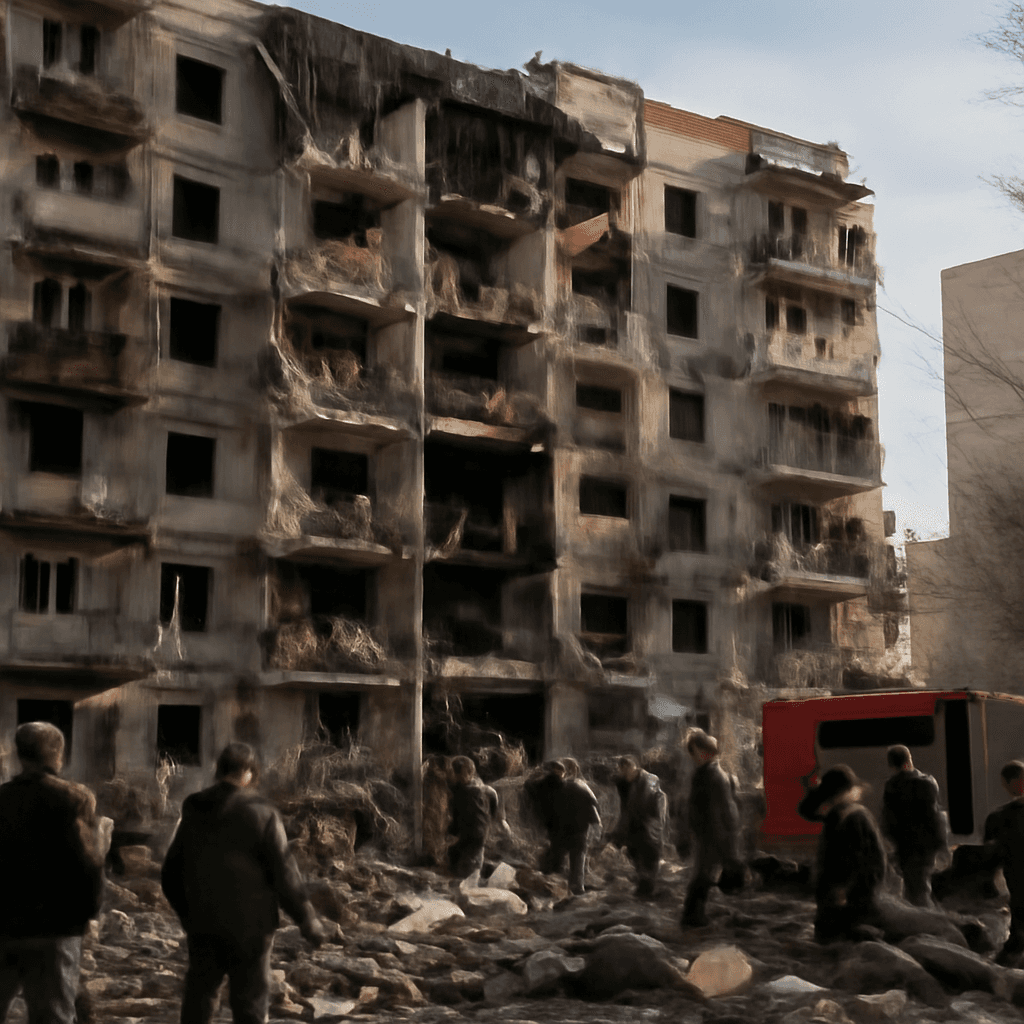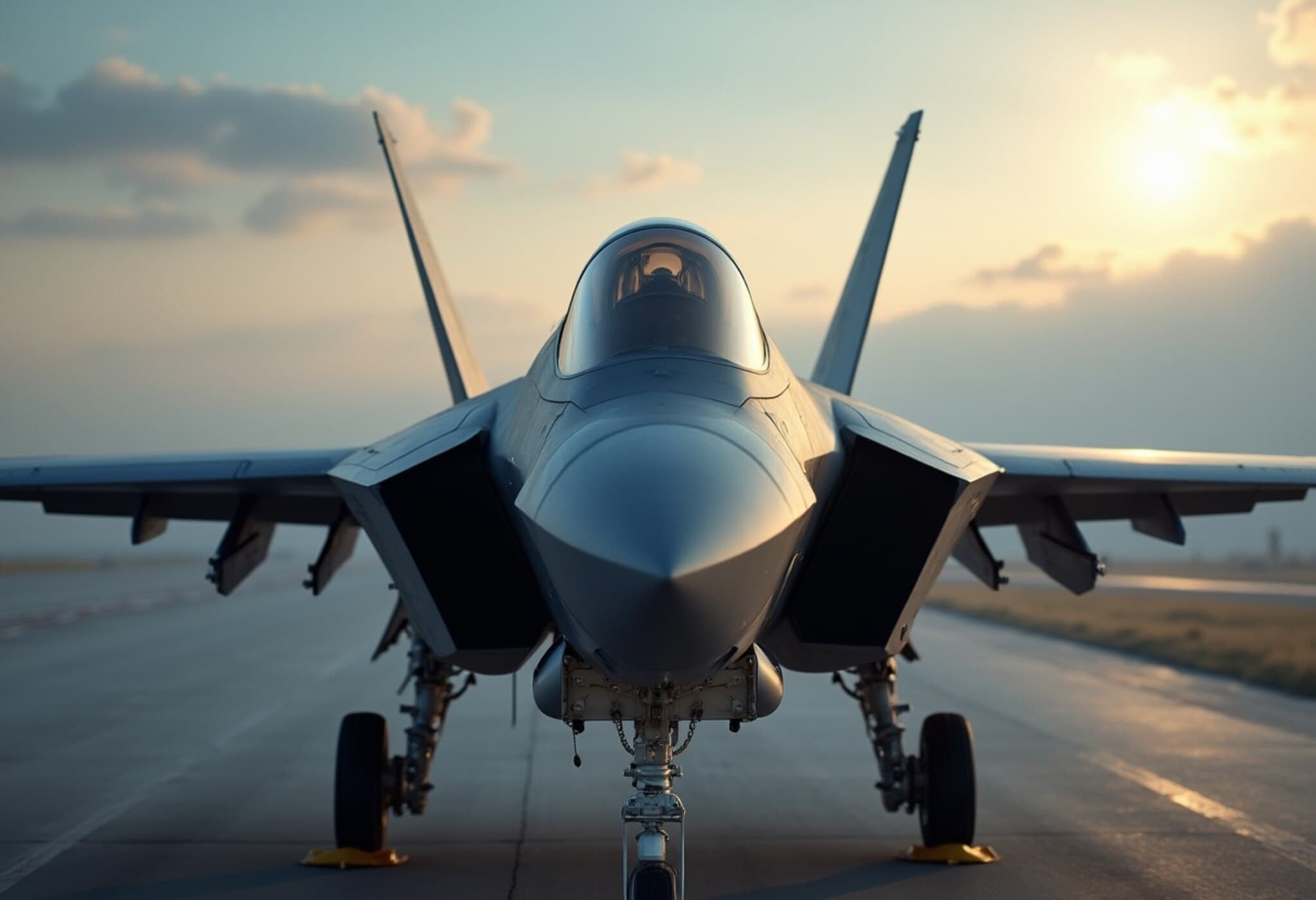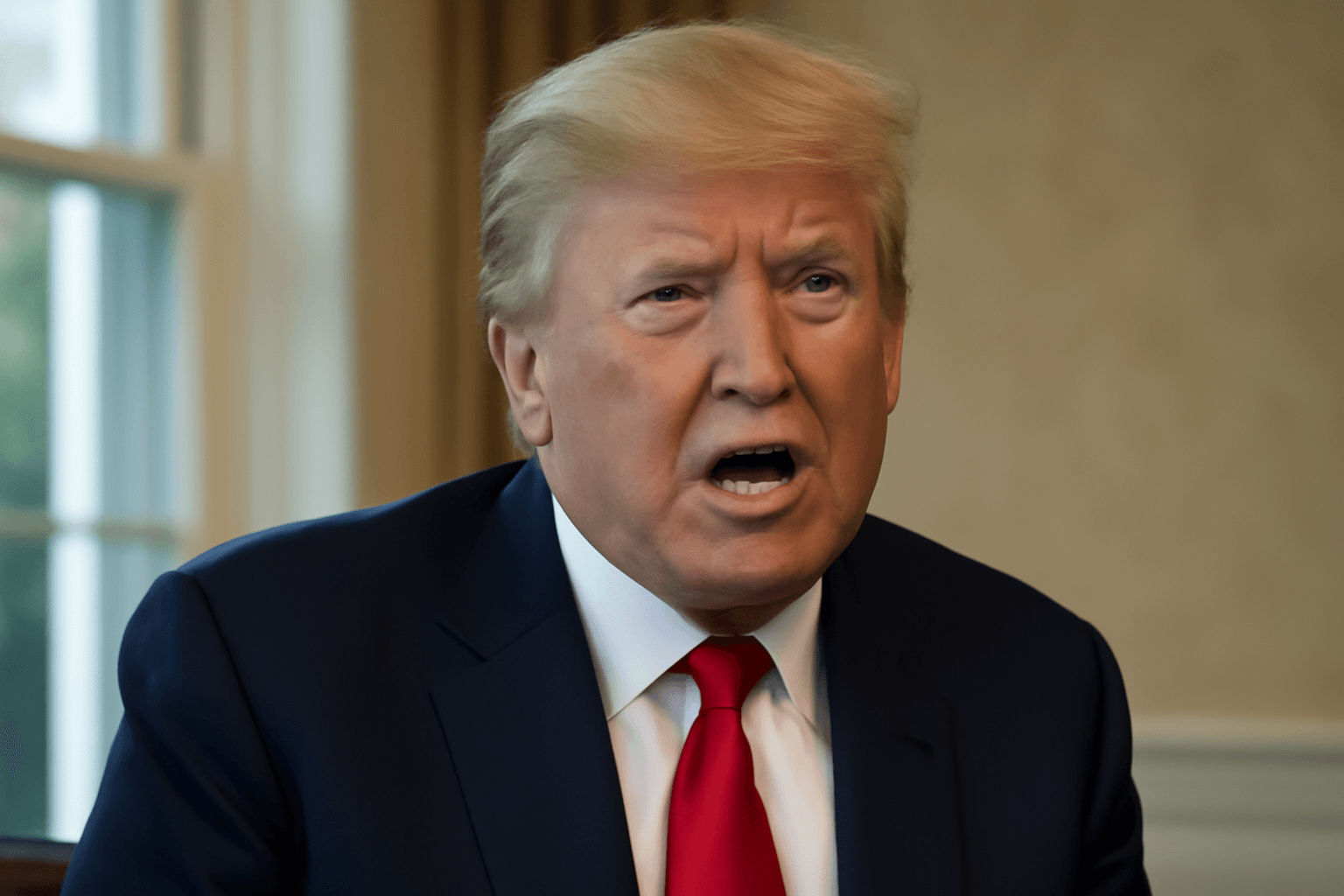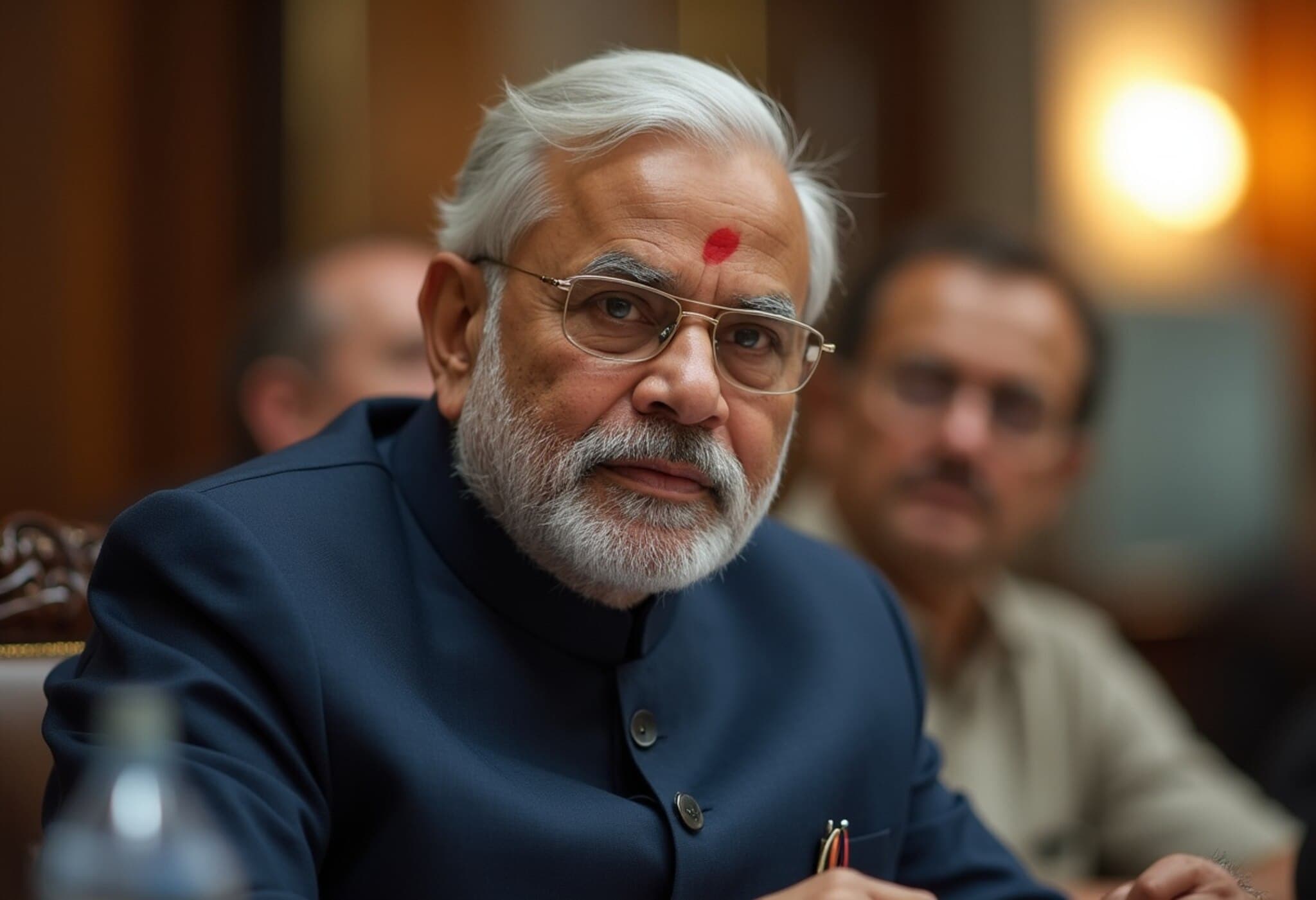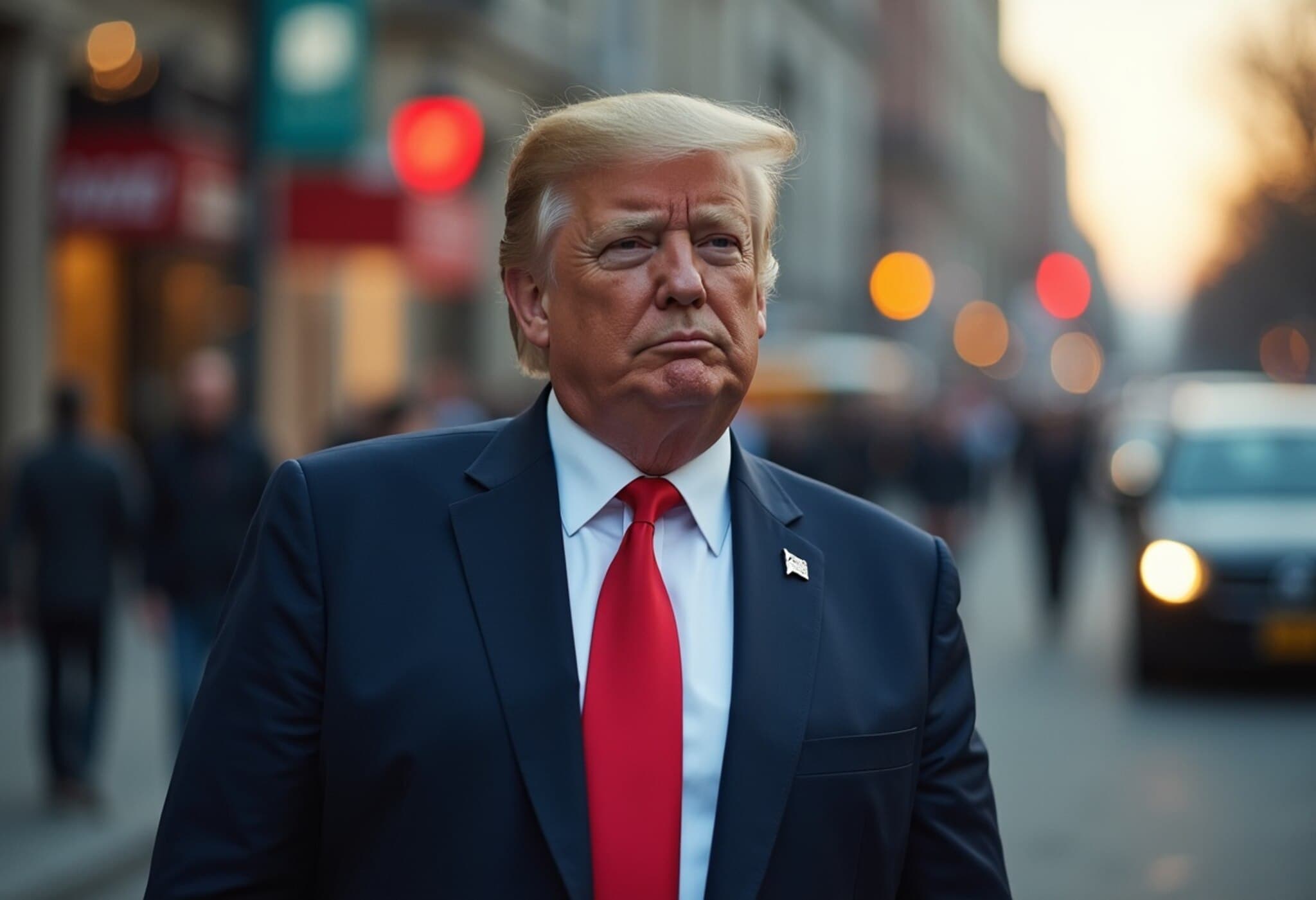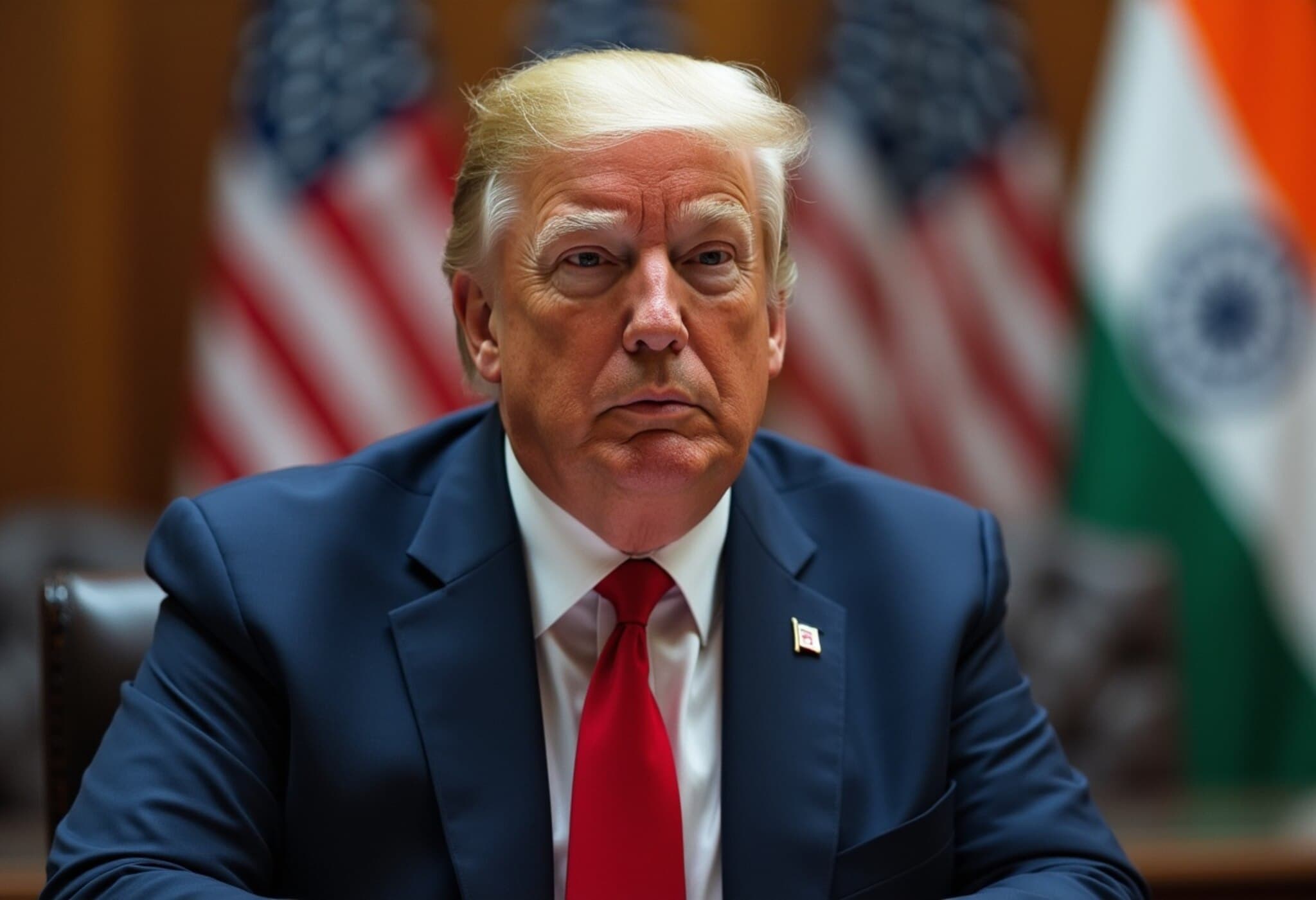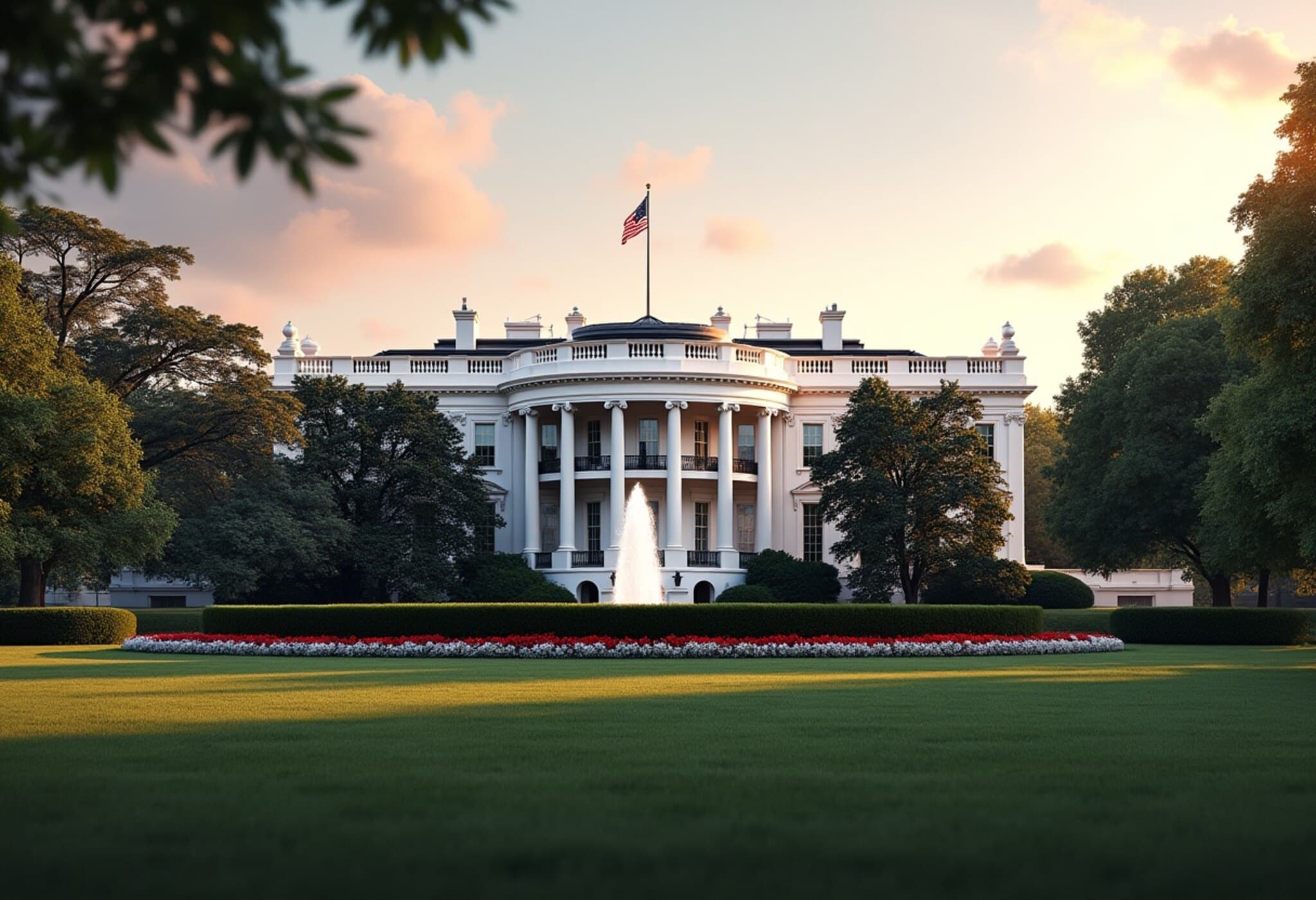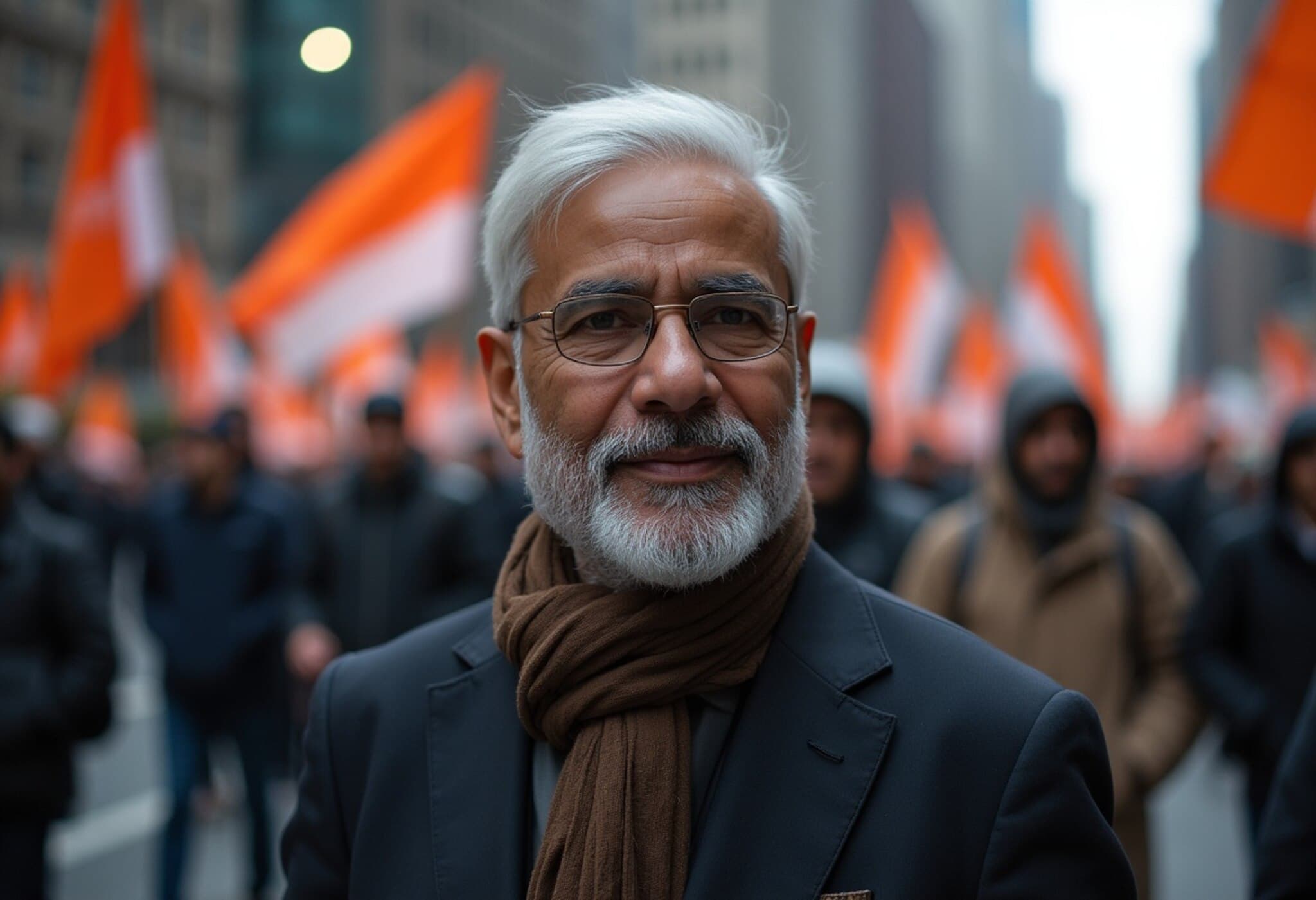India Holds Firm Against US F-35 Fighter Jet Purchase Amid Rising Trade Tensions
In a striking development reflecting the complex dynamics of India-US relations, recent reports confirm that New Delhi has decided against purchasing the advanced F-35 fighter jets from the United States. This move comes amid heightened trade tensions between the two countries, notably following Washington’s imposition of a 25% tariff on Indian goods during ongoing trade negotiations.
Backdrop: Trade Friction Overshadows Defense Deals
Despite the longstanding strategic partnership and deepening defense ties between India and the US, the announcement by the Trump administration to slap tariffs on Indian imports caught New Delhi by surprise and complicated bilateral negotiations. Sources familiar with the discussions revealed that though India is actively exploring ways to address some American concerns—such as narrowing the substantial trade deficit—acquiring high-profile defense equipment like the F-35 fighter jets is off the table for now.
Understanding the Stakes: Why Is India Hesitant?
- Trade Deficit Sensitivities: The US runs its 11th-largest trade deficit with India, a core grievance highlighted by Washington in their tariff measures.
- Defense Procurement as a Political Tool: President Trump had underscored defense purchases, including the F-35 jets, as a litmus test of enhanced bilateral ties, linking economic concessions with defense deals.
- Strategic Autonomy: India continues to carefully calibrate its defense acquisitions to maintain strategic independence, weighing US offers against other international partnerships and indigenous capabilities.
What Is on the Table Instead?
Indian officials are reportedly looking to purchase other American products to help reduce the bilateral trade gap without compromising defense procurement strategies. These include:
- Increased imports of liquefied natural gas (LNG) from the US, addressing India's growing energy needs.
- Boosting purchases of advanced communication equipment, potentially aiding digital infrastructure enhancements.
- Buying gold as part of broader commodity trade adjustments.
These targeted import increases aim to send a constructive signal to Washington that India is willing to negotiate economic concerns pragmatically while safeguarding its strategic priorities.
Expert Analysis: Navigating a Tightrope
From a policy analyst’s perspective, India’s stance reflects a broader struggle faced by emerging economies balancing economic diplomacy and defense modernization. Defense acquisitions, especially high-tech platforms like the F-35, are not just commercial transactions but deeply entwined with geopolitical signaling and national security strategy.
Moreover, the tariff imposition during trade talks signals a shift in US trade policy where strategic negotiations are linked to unilateral economic coercive measures, raising questions about the long-term stability of the India-US partnership.
Looking Ahead: Questions and Concerns
As negotiations continue, critical questions linger:
- Will Washington reconsider tying defense sales to trade concessions, or persist with a transactional approach?
- How will India balance its desire for cutting-edge military capabilities with its commitment to strategic autonomy?
- Could alternative partners or stronger indigenous defense efforts emerge as substitutes for US-made equipment?
These issues will shape not only bilateral relations but also regional security architecture in Asia.
Editor’s Note
The unfolding India-US trade and defense saga is a timely reminder of the intricacies involved when economic policies intersect with national security concerns. India’s careful navigation between accommodating American demands and preserving its sovereignty illuminates the nuanced art of diplomacy in an era of unpredictable global politics. For readers and policymakers alike, the core takeaway is clear: trade and defense are inseparable in today’s geopolitical landscape, and any attempt to isolate one from the other risks unintended fallout.
As this story develops, staying attuned to both the economic and strategic dimensions will be essential to understanding the evolving contours of Indo-American partnership.

